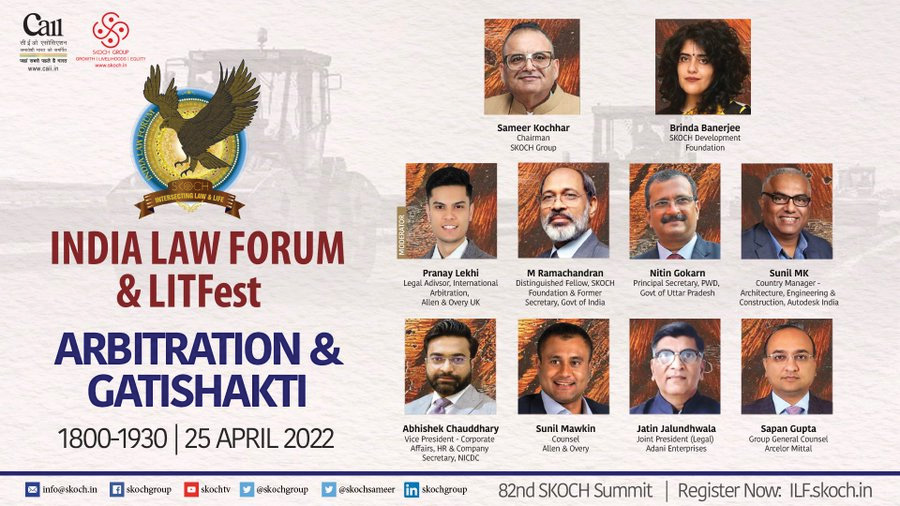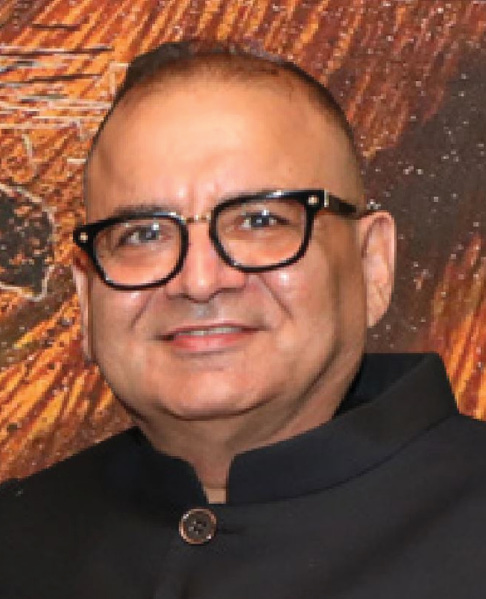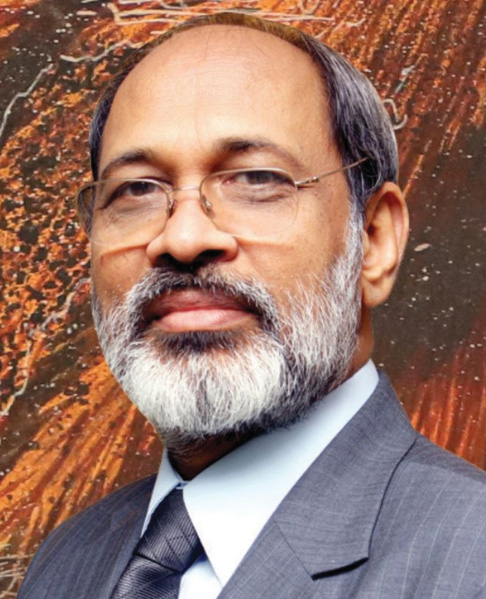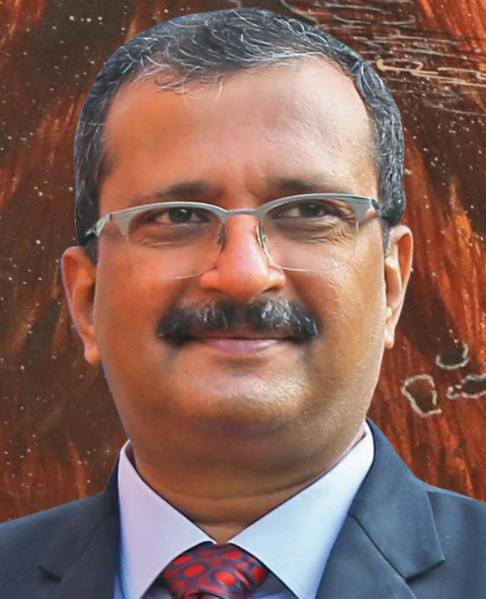
India is looking majorly at infrastructure building to meet its growth targets. The recent Union budget spells this out clearly and there is a very high degree of focus at the Center with the announcement of PM Gatishakti. What has been seen thus far is that there are huge time and cost overruns in existing projects. The average cost overrun for time delayed projects is upwards of forty percent.
Several reasons have been identified and they fall in the administrative, legal and technology domains. Moving forward, we wish to examine all these and return recommendations on what could possibly be done. The forthcoming “India Law Forum,” specifically looks at the following issues regarding “Arbitration and Gati Shakti.”
- How to minimise litigation and use arbitration in Gati Shakti and other infrastructure projects?
- What kind of technology options are available that help alleviate time and cos overruns and provide a data based framework to arbitrators?
- How to ensure that arbitration awards are enforced speedily?
- What kind of changes does the RFP and contractual framework need to undergo?
BIMCAN PROVIDE GATITO GATI SHAKTI
Time and cost overruns; lack of collaborative, clearly documented project design and management; administrative and judicial delays are bane of infrasructure projects

The key challenges are growth, inflation and jobs. Infrasructure is seen as a saviour. Gati Shakti is currently a portal to upload design and plans, but it can actually deliver a lot more.

Use of technology is definitely an answer particularly in construction and manufacturing contracts. In light of the upcoming mediation legislation, I hope this may be incorporated.

End goal of dispute resolution is maximum time and cost saving. Most projects are delayed due to inadequate regulatory framework and apporval process.

Decision making across ministries should be expedited. Private projects should be added to Gati Shakti portal. Collaborative and transparent project management is important.
The union & the state governments in India are increasingly relying upon large expenditure on infrastructure as the key to getting the Indian Economy’s growth story back on track after the COVID-induced slump. The National Infrastructure Pipeline (NIP) has outlined an investment of Rs 111 lakh crore for 2020-25. The PM Gati Shakti initiative intends to bring the diverse synergies of different government infrastructure departments together using technological and logistical streamlining. Infrastructure projects in India are often marred by significant time and cost overruns leading to long-drawn-out legal battles and commercial disputes. How technological, legal and administrative reforms can be the foundational cornerstones for India’s infrastructure growth and much more was discussed at the session on Arbitration & Gati Shakti at the India Law Forum organised by SKOCH Group.
INFRASTRUCTURE DELAYS & GATI SHAKTI
The current economic environment has presented a plethora of complex challenges for policy makers to deal with. Unemployment, rising inflation and increasing liabilities for state governments coupled with falling revenues have created an economic reality that calls for a wider reset in terms of policy planning and execution. With the Union government at its helm, Gati Shakti initiative plans to solve multiple issues related to infrastructure construction and management in India. However, in its current state, Gati Shakti initiative is just a portal that contains designs and other related details for various projects.
To solve multiple challenges faced by the infrastructure sector in India, Gati Shakti has to evolve into a platform that offers efficient and well-directed solutions to major issues such as time and cost overruns and resultant judicial and legal ramifications. The increased cost of projects because of delays is not the only aspect of this problem, infrastructure-related legal battles continue to drag on for years making states one of the biggest litigators in India. If spending on infrastructure has to lead to economic growth for India, there have to be dedicated policy interventions, especially in the area of technology to smoothen out existing roadblocks and pave the way for on-time implementation of infrastructure projects. Speaking at the session Pranay Lekhi, Legal Advisor, International Arbitration, Allen & Overy, UK remarked, “How India manages to deal with the increasingly frequent infrastructure and construction disputes will determine the success of India’s growth story.”
BIM AND ISSUES WITH INFRASTRUCTURE PROJECTS IN INDIA
Revamp is needed in the administrative, legal and technological areas to find solutions to issues linked with infrastructure projects. However, more often than not technological changes are easier and faster to bring about legal or administrative changes. In terms of the use of technology in the construction of infrastructure projects, the level of technology prevalence is abysmally low. A significant number of projects in India still use paper-based techno drawings, compared to technology-oriented project management like in other parts of the world. Sameer Kochhar, Chairman, SKOCH Group said, “BIM can help in figuring out, through a knowledge based argument to have a real-time view of where the bottlenecks are.” By using BIM, impediments that cause time and cost overruns in these projects can be rooted out in the planning/pre-construction phase so that the projects are commissioned in time, he added.
BIM is a digital model of a building that stores data and information digitally and helps to optimise projects with integrated analysis, generative design, visualisation and simulation tools. The use of BIM to create a collaborative data platform that stores all the information about a construction project from day one in terms of designs and other contractual details can be the way forward to empower the Gati Shakti into a holistic solution to re-engineer the issues regarding infrastructural delays. Sunil Mawkin, Counsel, Allen & Overy, UK also highlighted the issue saying, “Getting the design right from the very start is fundamental for the long- term success of construction projects.” If it is ensured via collaborative and technology-backed platforms that there are no structural and design flaws from the outset of the project, then time and cost escalations can be avoided.

India has not developed advances in technology (BIM). If you are starting with an immature design, you haven't got a fully developed 3D model, you are starting on the back foot.

How India proceeds to manage its infrasructure and construction disputes becomes a key factor in seeing whether our growth story becomes a success?

Building information data should be captured on a common platform. If there is a litigation, you can move and go back and access the factual information quickly.

Most important point is using technology (BIM). This will provide convincing documentation to pass the legal test. Photographs, technical analysis etc are available.
Platforms such as Gati Shakti not only should include data from government infra projects but also take inputs from the private sector as an active partner both in terms of data sharing and project implementation. M Ramachandran, Distinguished Fellow, SKOCH Development Foundation and former Secretary, GoI also expressed optimism on this and said, “Subsequently private projects can also be onboarded onto the Gati Shakti portal.” This can work wonders to bring the much-needed synergy that the Gati Shakti initiative is trying to achieve.
There also have to be concerted efforts to upskill the small and medium players in the construction industry with technology so that they do not fall behind the big players in the industry. M K Sunil, Country Manager(AEC), Autodesk India said, “Large construction companies have started using the technology that leads to transparency and accountability, but small and medium players still don’t deploy technology optimally in the construction space.” To truly empower the construction sector there has to be widespread adoption of technological measures by the smaller players as well. It has been estimated that the use of BIM can help in reducing construction costs due to delays and result in saving trillions of rupees for the taxpayer and the exchequer. There has to be active stakeholder contribution from the government, industry and private sector alike to translate the idea of Gati Shakti into a successful project with measurable outcomes.
RECOMMENDATIONS
- If India has to speed up its return to a higher economic growth trajectory, technological, legal and administrative reforms in infrastructure are a must.
- India has to catch up with the best global industry standards and best practices related to infrastructure and adopt emerging technologies to derive the maximum benefit out of government expenditure on infrastructure.
- As of now, Gati Shakti platform remains a web portal with project details from government ministries. A collaborative effort involving the private sector is required for it to become an effective tool for structural transformation.
- How India manages to reduce its skyrocketing infrastructure project costs and delays will have a major impact on how much investable the infrastructure sectors become in India.
- Efficient technological interventions such as BIM can root out structural flaws and bottlenecks from the time a project is commenced, leading to few disputes and fewer legal battles.
- Dedicated efforts are required to ensure that the use of new technology is actively encouraged, due processes need to be created so that technological advancements do not get stuck into an operational quagmire.
- Concerted efforts are required both from the government and industry to make technology an important part of the Gati Shakti initiative so that its desired goals are achieved.
- In light of the upcoming mediation legislation, it would be prudent to incorporate the use of technology that covers the project lifecycle and documentation for fact-based evidence

Sameer Kochhar
Chairman
SKOCH Group

Brinda Banerjee
SKOCH Foundation

Pranay Lekhi
Legal Adivsor, International Arbitration
Allen & Overy, UK

M Ramachandran
Distinguished Fellow, SKOCH Foundation &
Former Secretary, Govt of India

Nitin Gokarn
Principal Secretary, PWD
Govt of Uttar Pradesh

Sunil M K
Country Manager (AEC)
Autodesk India

Mahesh Jethmalani
Vice President – Corporate Affairs
HR & Company Secretary, NICDC

Sunil Mawkin
Counsel
Allen & Overy, UK

Jatin Jalundhwala
Joint President (Legal)
Adani Enterprises

Sapan Gupta
Group General Counsel
Arcelor Mittal



